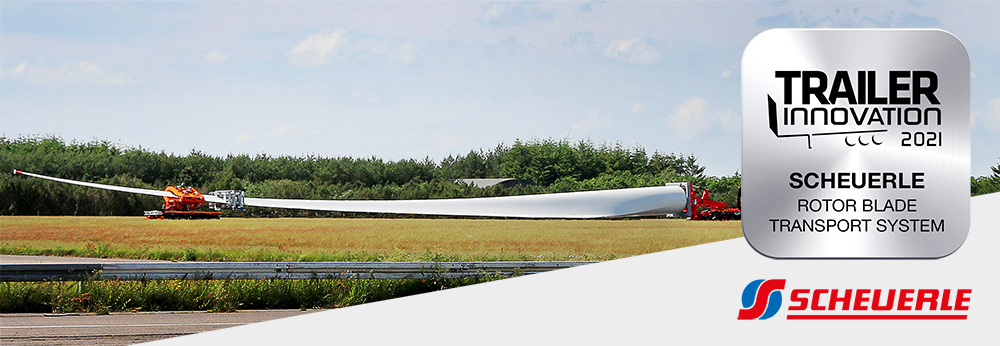By Dr Jens Ramsbrock (Geophysicist and Sustainability Economist), Senior Expert Sustainability and LCA at ARRK Engineering.
In March 2020, the European Commission adopted the new Action Plan for Circular Economy. It aims to promote sustainable product design while reducing waste in resource-intensive sectors – including electronics and ICT, battery and vehicle manufacturing, and the plastics industry – as part of the European Green Deal. The revision of EU legislation on batteries is just one building block in this context. On the one hand, it is intended to make life cycle assessments (LCA) mandatory and, on the other, to regulate the use of resources. Thus, the new Batteries Directive illustrates the challenges facing the automotive sector and industry in general with regard to LCAs and effective circular economy. In order to prepare companies for these new legislative requirements and corresponding customer needs, it is useful to always embed a LCA in the context of sustainability management and circular economy. In addition to in-house expertise, especially in engineering and automotive, ARRK Engineering can draw on the know-how and product development history of its parent company Mitsui Chemicals Group, all of which is incorporated into the optimisation of the LCA results.
Two developments in the 1970s gave rise to the first life cycle analyses as we know them today: on the one hand, the worldwide increasing volume of waste, which is pushing more and more disposal systems to their limits, and on the other hand, emerging energy bottlenecks and the associated realisation that a large proportion of the raw materials used are not available in unlimited quantities. Accordingly, LCA at that time focused on the effective use of resources and the reduction of emissions from products. Over the years, the concept of Life Cycle Assessment, also known as LCA, has been continuously expanded and refined. Today, it encompasses a holistic analysis of the product system from cradle to grave – ideally even from cradle to cradle as an approach to a continuous circular economy. Regulatory instruments such as the EU’s Circular Economy Action Plan and the accompanying legislative tightening, e.g. the revision of battery legislation currently underway, are now making LCA mandatory in an increasing number of sectors and industries.
Pressure from legislation and customer requirements
Among other things, the new EU Battery Regulation stipulates that rechargeable industrial and commercial batteries with internal storage must have a CO2 footprint declaration as of 1 July 2024. As early as 1 January 2026, a label indicating the performance class for CO2 intensity will be mandatory, and finally, as of 1 July 2027, corresponding maximum values for the CO2 footprint must be complied with. According to DIN EN ISO 14040 and 14044, the LCA required to determine these and similar values consists of four phases: Definition of target and scope, life cycle inventory, impact assessment, and evaluation. Depending on the defined scope, the analysis covers all relevant input and output flows. These include raw materials and material procurement, energy, transport, (partial) processing, waste, emissions and discharges into water and soil – both during production and the use phase, right up to end-of-life scenarios.
On the one hand, legislators are increasingly demanding life cycle assessments in various sectors. On the other hand, the analyses can also be useful or even necessary for a second reason: More and more processing companies are demanding corresponding evidence in order to make their own production more resource-efficient and to equip themselves for future requirements. Even now, this is clearly noticeable in the automotive industry. ARRK Engineering has already linked the balances with an in-house team of experts who work with selected areas in the cross-section of the company and can be called in for projects as required. At the beginning, the object of consideration must be sensibly and clearly defined and the methodology to be applied must be determined. Then, all the relevant information, including any interdependencies and interactions, must be collected before dedicated software – with access to eco-impact data – can start the calculations. The third step is interpreting the results and deriving feasible optimisation proposals as well as any further LCA determination loops.
A lot of know-how and intuition required
A typical challenge that requires a lot of know-how and finesse from the implementing experts can clearly be found in the nature of new products: As a rule, hardly any data is available for the use and end-of-life phases before the launch, since they result from the final recycling rate of individual components and materials as well as from actual usage behaviour. Therefore, it is common to use estimates or model calculations in this respect. It must be taken into account that many parameters affect individual phases and process steps in different ways. If conditions change, e.g. due to the development of new recycling processes, these in turn would have to be retroactively incorporated into the LCA.
In addition to ecological factors, social aspects are also becoming increasingly important in public awareness and thus also for many companies. In order to also meet these new demands, an extension of the methodology offers the potential to take these additional parameters into account, in the sense of a so-called Social-LCA (S-LCA) in accordance with the UN Environment Programme.
Improving the eco-balance with the help of the circular economy
The use of lightweight materials in the automotive industry serves as an illustrative example of how technological progress shifts energy consumption and environmental impact from one phase of the product life cycle to another. For example, a vehicle consumes less energy in the form of fuel during the use phase due to its reduced weight. However, the energy input in the manufacturing phase can increase due to raising parameters such as pressure and temperature, which are necessary in the individual production steps of e.g. CFRP components. Yet, current research results from Chalmers University of Technology indicate that energy consumption and the CO2 footprint in the production of CFRP components may be significantly reduced in the future, with circular economy plays a decisive role.[1]
By producing carbon fibres using lower-energy methods such as microwaves as an alternative to classic melting furnaces, the overall eco-balance of lightweight vehicles can be improved. This gives them an advantage over vehicles made from conventional materials. Likewise, there are various aspects of the entire life cycle of a vehicle that should be taken into account: It is worthwhile not only to look at the recycling process, but also to focus on the service life or production.
Comprehensive competencies from engineering to materials management
In order to master the challenges of life cycle assessment, a precise definition of goal and scope as well as an alignment of expectations and the underlying methodology are essential. Implementing companies such as ARRK Engineering are not dependent on any particular software. The analysis can be carried out flexibly with the client’s preferred tool. In doing so, the LCA specialists not only draw on their own engineering know-how, especially from automotive development, but also on in-depth expertise in the areas of sustainable materials and the associated compliance requirements as well as environmental sustainability. These aspects, which are closely intertwined with the principle of the circular economy, are always taken into account within the scope of LCA and thus form the optimal basis for comprehensive approaches to optimising the respective product systems and developing new strategies.
Furthermore, as part of the Mitsui Chemicals Group, ARRK Engineering has direct access to the group’s highly developed and sustainable materials and production processes. For example, Mitsui Chemicals has developed a process for producing carbon fibres using microwaves, which saves up to 50 % energy compared to conventional processes. In addition, the group is currently building up a database for recycled materials, which is intended to drive the implementation of circular economy in many areas. ARRK Engineering incorporates all these competences directly into the life cycle assessments carried out, thus creating sustainable added value for companies from industry as well as the automotive sector.
Further information at: www.arrk-engineering.com























